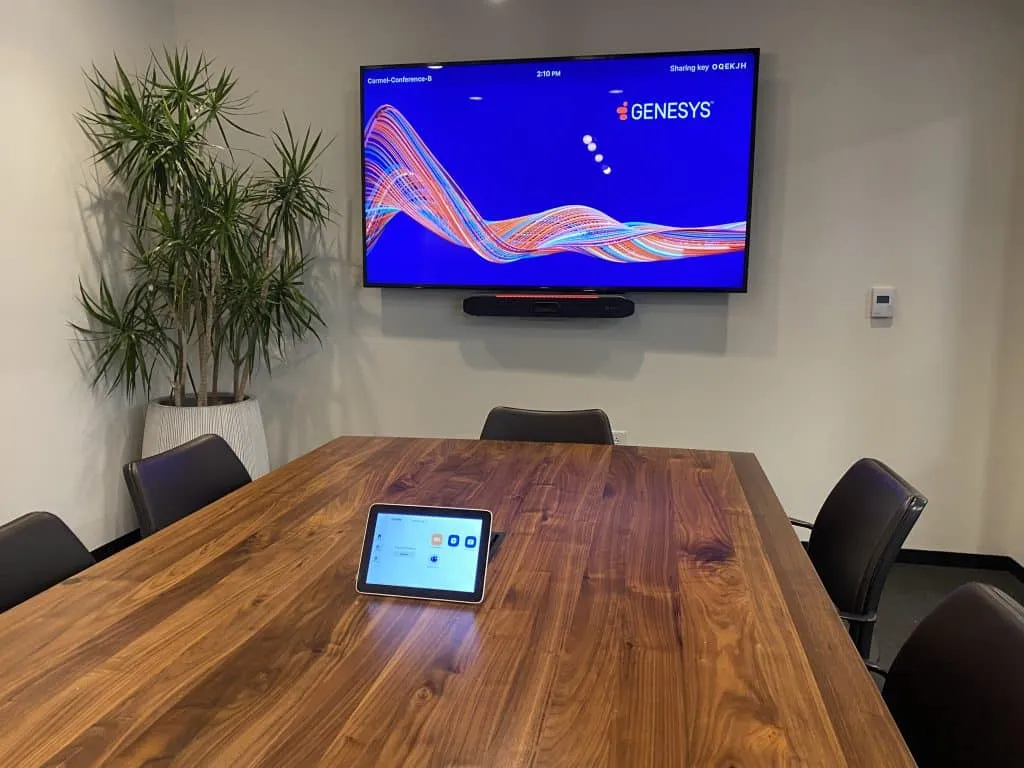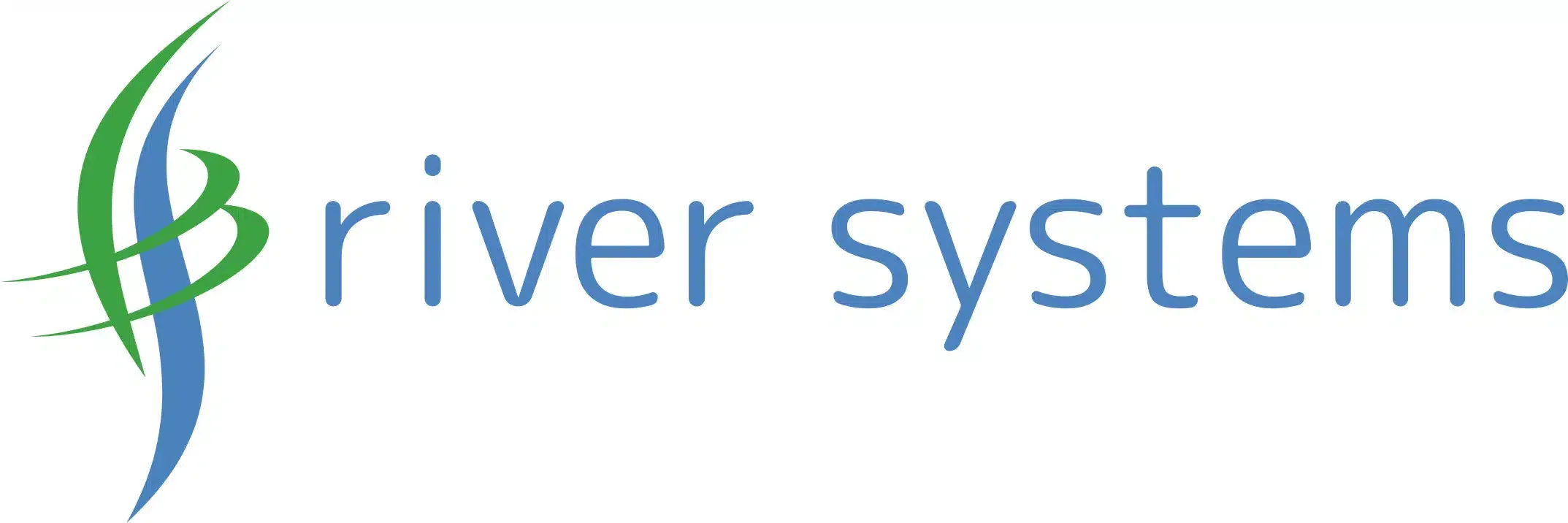Hybrid Work: Less Real Estate, Smarter Meetings
The hybrid work revolution is reshaping how companies think about their physical spaces and technology investments. As more employees split their time between home and the office, businesses are re-evaluating their real estate footprints—opting to downsize costly office spaces while ensuring meeting experiences remain seamless and productive.

The Downsizing Trend
With fewer employees working in-person full-time, sprawling office spaces are no longer a necessity. Many companies are reducing their square footage, consolidating locations, or switching to flexible co-working environments. The cost savings are significant, allowing businesses to reinvest in employee-centric initiatives, technology upgrades, and collaboration tools.
Upgrading Conference Room Video Systems
A smaller office doesn’t mean less teamwork—it means smarter teamwork. Businesses are enhancing their conference rooms with cutting-edge video conferencing systems that bridge the gap between in-office and remote teams. High-quality cameras, AI-powered audio solutions, and interactive displays ensure that meetings are engaging and inclusive, no matter where employees are logging in from.
Keep it Simple, Easy, Reliable
River Systems works with clients to migrate to a hybrid work model by focusing on conference room solutions that are simple in design, easy to use, and reliable. Meeting spaces do not need to be complicated, intimidating, and require an IT staff to setup for each call. By designing easy to use and reliable systems, employees can focus on collaboration with remote teammates and increase productivity.
The Future of Workspaces
Hybrid work is here to stay, and companies that embrace leaner real estate strategies while prioritizing digital collaboration will thrive. By optimizing their physical footprint and modernizing their meeting spaces, businesses create environments that support flexibility, efficiency, and connection—without the burden of excessive overhead.
As organizations continue to refine their hybrid strategies, one thing is clear: the future of work isn’t about where employees sit—it’s about how well they connect.
